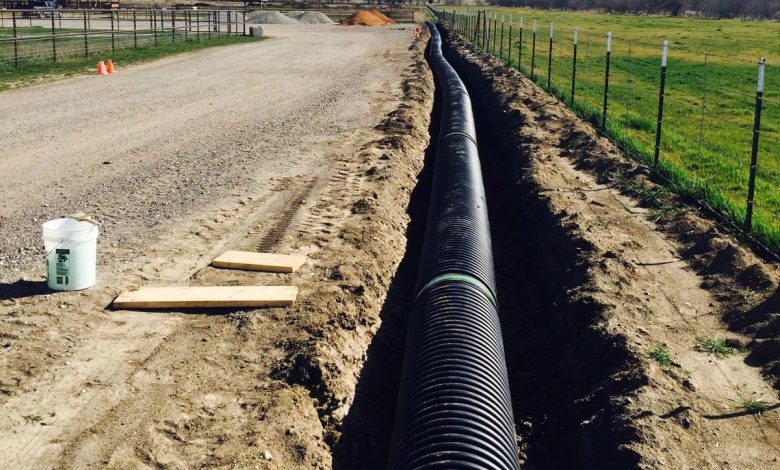Drainage in the Digital Age: Adapting Urban Challenges with Technology

In this urbanising world, effective drainage systems are more critical than ever to manage water flow efficiently and prevent flooding. With the advent of digital technologies, cities are now focusing on innovative solutions to tackle age-old drainage challenges. This article explores how technology is reshaping urban drainage practices, enhancing resilience, and improving sustainability.
I. Traditional Drainage Issues:
Urbanisation brings a host of drainage challenges, including surface runoff, sewer system overload, and urban heat island effects. These issues pose significant threats to infrastructure, public safety, and environmental health.
II. Smart Sensors and Real-Time Monitoring:
Introduction of Smart Sensors: Advanced sensors are revolutionizing drainage management by providing real-time data on water levels, flow rates, and system performance. These sensors are integrated into drainage networks, enabling continuous monitoring and early detection of anomalies.
Benefits of Real-Time Monitoring: Real-time data allows authorities to respond swiftly to changing conditions, optimize drainage operations, and mitigate flood risks. It enhances predictive capabilities, ensuring proactive maintenance and reducing infrastructure downtime.
III. Artificial Intelligence and Predictive Modeling:
AI-Driven Predictive Modeling: Artificial intelligence (AI) algorithms analyze vast datasets from sensors and historical records to predict flood events with unprecedented accuracy. These models assess various factors like weather patterns, urban development, and terrain characteristics to generate actionable insights.
Enhancing Resilience: By forecasting potential flood scenarios, AI empowers city planners and emergency responders to implement preemptive measures. It supports adaptive urban design, such as green infrastructure and permeable pavements, which mitigate runoff and improve drainage efficiency.
IV. Citizen Engagement and Crowdsourced Data:
Harnessing Citizen Participation: Mobile apps and digital platforms engage citizens in reporting localised drainage issues and providing real-time feedback. This crowdsourced data supplements official monitoring efforts, facilitating faster response times and community involvement.
Community Resilience: Empowering residents to contribute to drainage management fosters community resilience and strengthens social cohesion. It encourages collaborative efforts between authorities, residents, and businesses to maintain sustainable urban environments.
Conclusion:
The convergence of digital technologies with traditional drainage practices marks a transformative era for urban resilience. These above innovations not only enhance infrastructure reliability but also promote sustainable development goals by reducing environmental impacts.
As cities continue to evolve, integrating technology into drainage systems will be crucial for building resilient, livable communities. By investing in smart infrastructure on top of your regular maintenance checks (have a look at Drainage Care), urban areas can navigate the complexities of drainage management in the digital age, ensuring a safer and more sustainable future for all residents.



